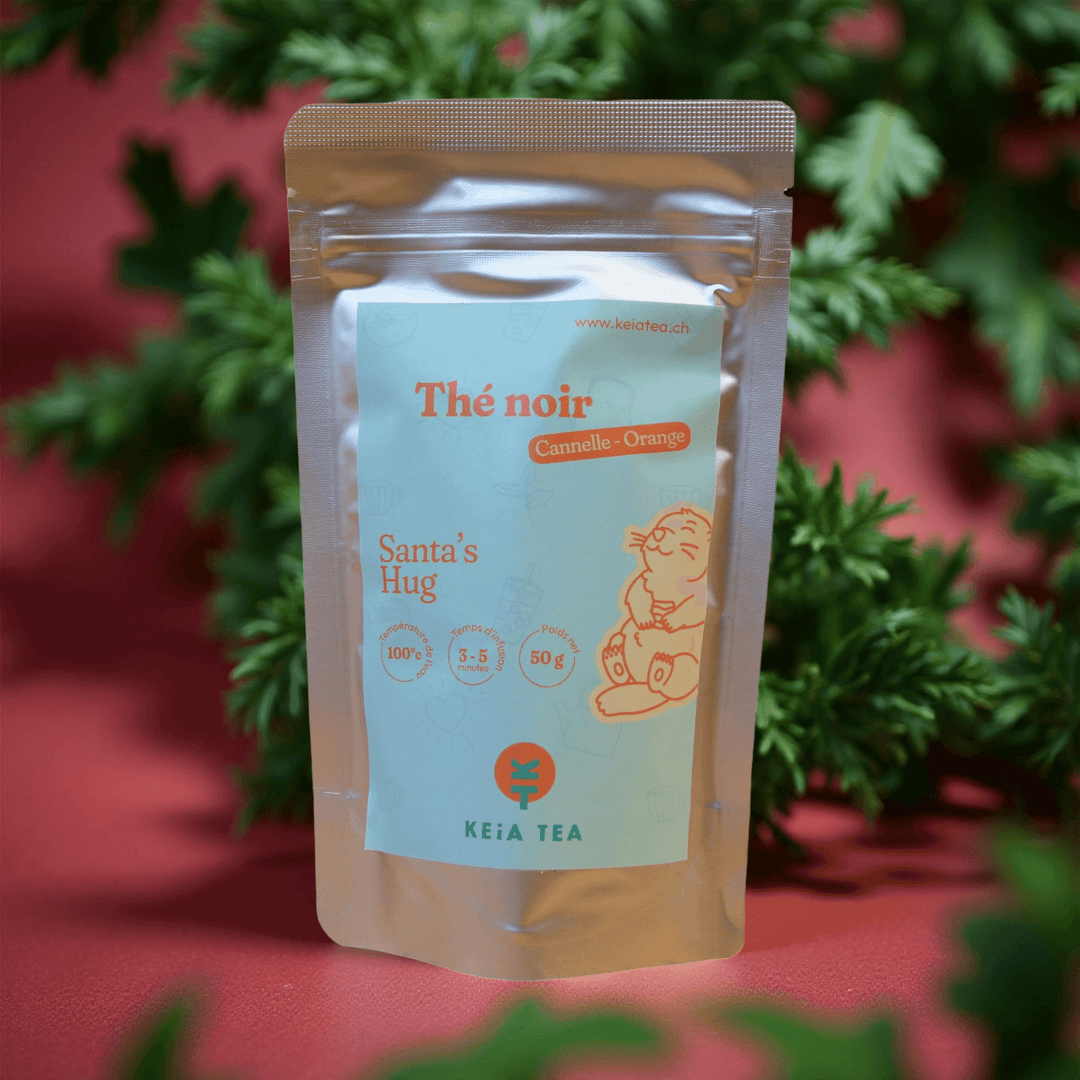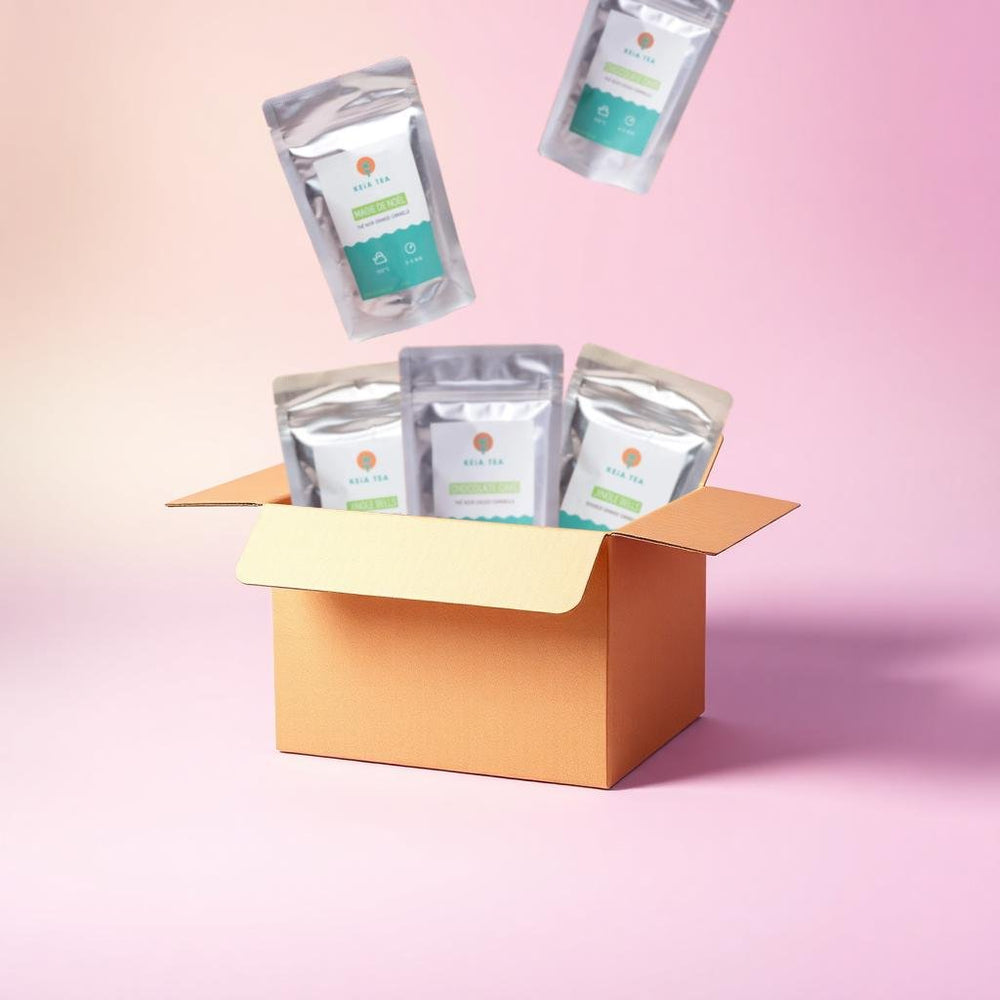How is tea made?

If you're a tea lover like us, you've surely tasted a multitude of varieties: vibrant green tea , robust black tea, delicate white tea, complex oolong and many more. But have you ever thought about all the work that goes into every cup? The process of making tea is a real art , requiring precise knowledge and skills. Today, we take you on a fascinating journey, from the tea plant to your cup!
Tea Culture
It all starts with the tea plant, Camellia sinensis . This plant is grown in tropical and subtropical regions around the world, with well-drained soils and regular rainfall. It prefers heights, which is why it is often found on mountainous slopes.
The Tea Harvest
Harvesting, also called picking, is a crucial step. Depending on the type of tea one wishes to obtain, different parts of the plant are harvested. For most teas, it is the first two leaves and the bud that are picked. The leaves are usually picked by hand, which preserves their integrity.
Withering
Once picked, the leaves are spread out and left to wither for several hours. This step allows moisture to evaporate from the leaves, making them more flexible for the next step in the process.
Rolling
The withered leaves are then rolled, which releases the essential oils and enzymes inside the leaves. Rolling can be done by hand or with machines.
Oxidation
It is here that the fate of the tea leaves is sealed. Depending on the oxygenation, different types of tea are obtained. For green tea , this process is stopped very early, giving it its green color and delicate flavor. Oolong tea is partially oxidized, giving it both green and black notes. Finally, black tea is completely oxidized, giving it its dark color and robust taste.
Roasting
Depending on the type of tea, this step may not be necessary. For some teas like oolong, light roasting is applied to further develop its aromas.
Drying
The last step in the process is drying. This stabilizes the level of oxidation and gives the tea its durability.
The Beauty of White and Pu'er Teas
White tea is the least processed of all. After harvest, the leaves are simply left to dry in the sun. This minimalism in the manufacturing process preserves the natural and delicate aspect of this type of tea.
When it comes to Pu'er tea, it's a different story. After drying, this tea undergoes a fermentation and maturation process that can last for years or even decades. This process gives it its complex flavor and dark color.
An Infusion of Art and Science
Tea making is a delicate balance between art and science, requiring in-depth knowledge and painstaking attention to detail. Each type of tea requires specific techniques, precise temperatures and perfectly calibrated oxidation times.
By understanding how tea is made, you can develop a deeper appreciation for every cup you savor. And remember, the best way to enjoy tea is to share it with the people you love. So, prepare a cup, invite your friends and savor together the fruit of this magnificent journey, from the leaf to the cup.
Why not try ?
If you are curious to taste the difference between all these types of tea and to feel the result of these different manufacturing techniques, why not browse our selection of teas with organic ingredients in bulk onour Swiss online store ? Here you'll find a wide variety of teas of all kinds, each with its own unique journey from the plant to your cup.










